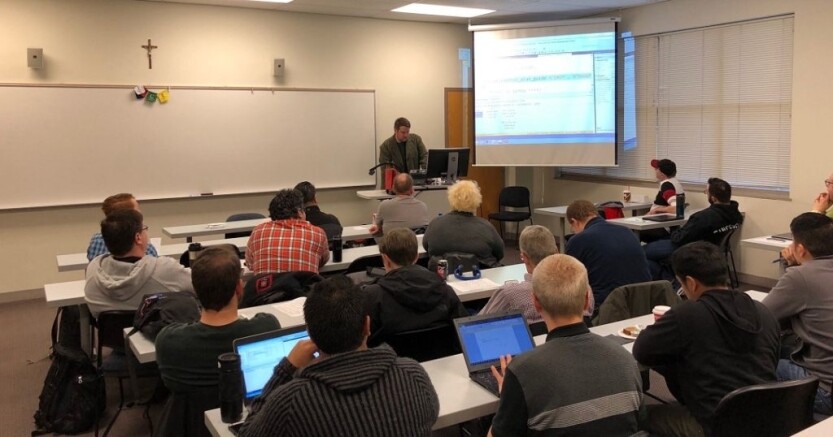
Have slow queries and want to get down to the basics of learning some fundamentals for performance tuning? If so, John Sterrett is giving an talk at the Nashville User Group (Online) tomorrow. Feel free to join us. If you are local to Nashville make sure you sign up for their future meetings.
Join us virtually on Thursday, April 14, 2022 from 10:45 AM to 12:00 PM CDT